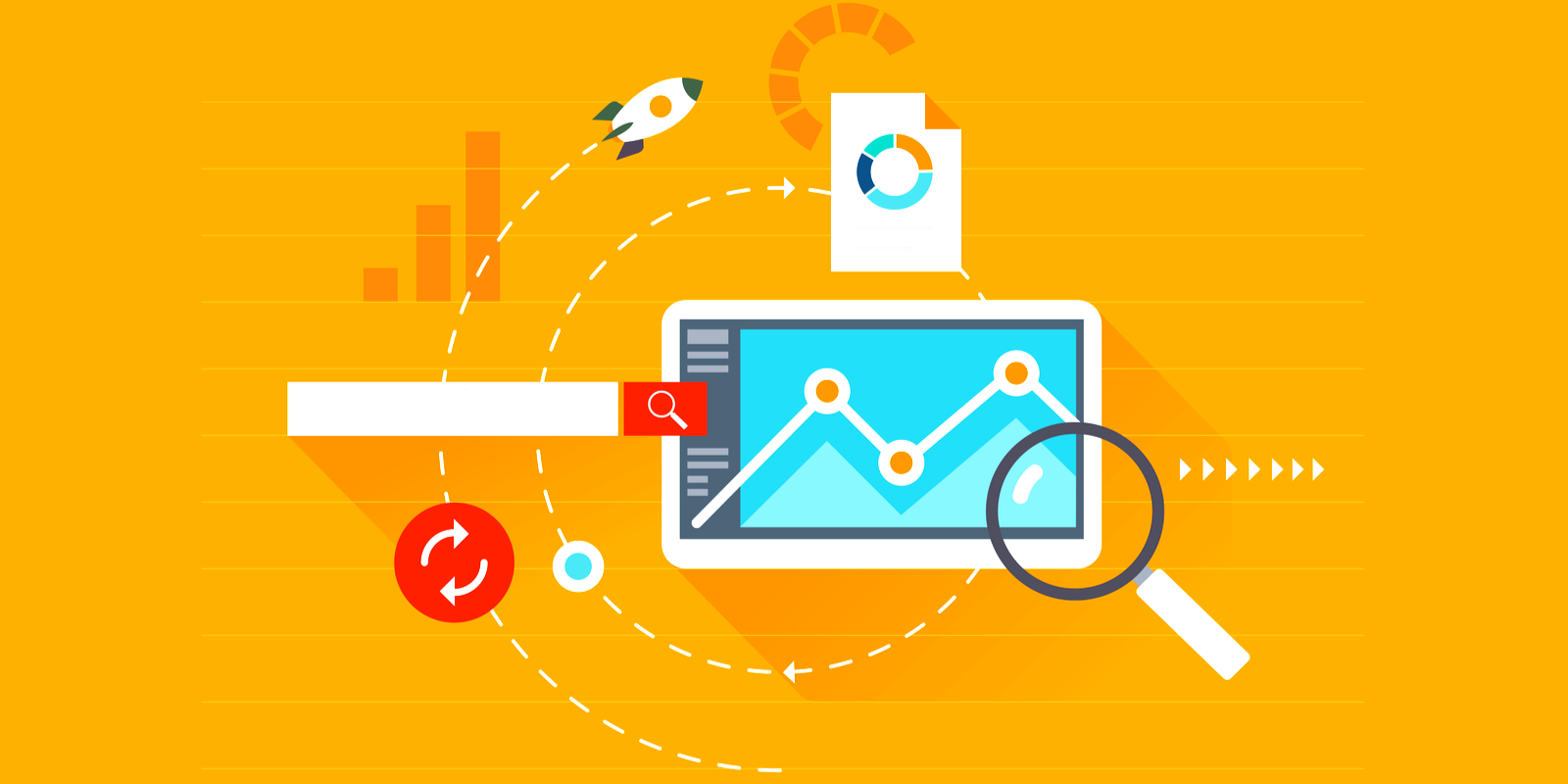
How to Track Where Your Site Visitors are Coming From
APRIL 2023
What is Google Analytics?
Google Analytics is a web analytics service that provides statistics and basic analytical tools for search engine optimisation (SEO) and marketing purposes. The service is part of the Google Marketing Platform and is available for free to anyone with a Google account.
Google Analytics is used to track website performance and collect visitor insights. It can help organisations determine top sources of user traffic, gauge the success of their marketing activities and campaigns, track goal completions (such as purchases, adding products to carts), discover patterns and trends in user engagement and obtain other visitor information such as demographics. Small and medium-sized retail websites often use Google Analytics to obtain and analyse various customer behaviour analytics, which can be used to improve marketing campaigns, drive website traffic and better retain visitors.
How does Google Analytics work?
Google Analytics acquires user data from each website visitor through the use of page tags. A JavaScript page tag is inserted into the code of each page. This tag runs in the web browser of each visitor, collecting data and sending it to one of Google's data collection servers. Google Analytics can then generate customisable reports to track and visualise data such as the number of users, bounce rates, average session durations, sessions by channel, page views, goal completions and more.
Google Analytics includes features that can help users identify trends and patterns in how visitors engage with their websites. Features enable data collection, analysis, monitoring, visualisation, reporting and integration with other applications. These features include:
- data visualisation and monitoring tools, including dashboards, scorecards and motion charts that display changes in data over time;
- data filtering, manipulation and funnel analysis;
- data collection application program interfaces (APIs);
- predictive analytics, intelligence and anomaly detection;
- segmentation for analysis of subsets, such as conversions;
- custom reports for advertising, acquisition, audience behaviour and conversion;
- email-based sharing and communication
Within the Google Analytics dashboard, users can save profiles for multiple websites and either see details for default categories or select custom metrics to display for each site. Available categories for tracking include content overview, keywords, referring sites, visitors overview, map overlay and traffic sources overview.
Important metrics
A metric is a standard of quantitative measurement. Google Analytics enables users to track up to 200 different metrics to measure how their websites are performing. While some metrics may be more valuable to certain businesses than others, these are some of the most popular metrics:
- Users. A user is a unique or new visitor to the website.
- Bounce rate. The percentage of visitors who viewed only a single page. These visitors only triggered a single request to the Google Analytics server.
- Sessions. The group of visitor interactions that happen in a 30-minute window of activity.
- Average session duration. How long on average each visitor stays on the site.
- Percentage of new sessions. The percentage of website visits that are first-time visits.
- Pages per session. The average number of page views per each session.
- Goal completions. The number of times visitors complete a specified, desirable action. This is also known as a conversion.
- Page views. Total number of pages viewed.
User acquisition data vs. user behaviour data
Google Analytics can provide businesses with multiple types of data for marketing purposes.
User acquisition data provides insight into how customers are arriving at the website. Customers may come from a variety of channels, such as paid search engine results, unpaid search engine results, social media links or simply typing in the URL. Understanding user acquisition data is critical for maximising website traffic.
User behaviour data shows what customers are doing on the website, and how they are engaging with the site. This includes how long they spend on each page, how many pages they visit, and if they engage with videos and graphics. This data can be used to create web layouts that better connect visitors with the content they are looking for, leading to a more effective user experience. User experiences optimised according to user behaviour data are more likely to create sales and conversions.
Benefits and limitations
Google Analytics has distinct benefits and limitations. Pros generally relate to the platform being powerful, free and user-friendly. Google Analytics also provides the following benefits:
- The service is free, easy to use and beginner friendly.
- Google Analytics offers a variety of metrics and customizable dimensions. Many different types of useful insights can be captured using this platform.
- Google Analytics also contains many other tools, such as data visualisation, monitoring, reporting, predictive analysis, etc.
Google Analytics historically has some shortcomings that may affect its data accuracy, including the following:
- Overall data accuracy can be compromised by users who block Google Analytics cookies, certain browser extensions, ad filtering programs and privacy networks.
- Reports are generated by sampling 500,000 random sessions to reduce server load. In addition, margins of error are only given for the number of visits in these reports. Therefore, small segments of data may contain very large margins of error.
So if you need a new site or a redesign, don't hesitate to get in touch with us today!

Brown Bear Digital Design is an expert web and graphic design agency based in Barnet, North London. We’re committed to helping our clients reach their full online potential by providing the best design solutions, guidance and support.
© Brown Bear Digital Design 2023 | Privacy & Cookies Policy
